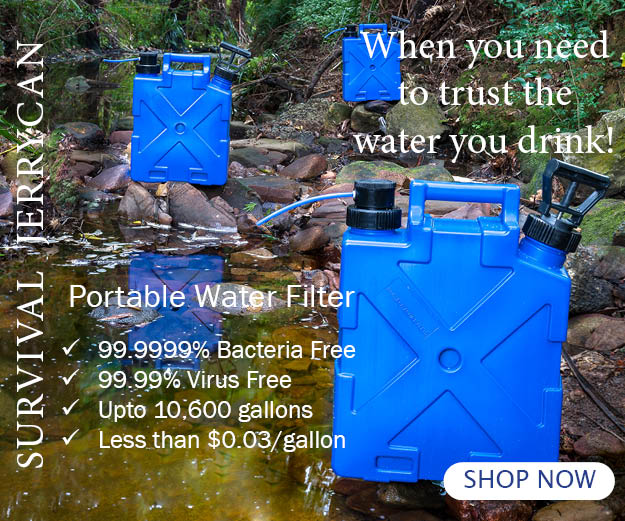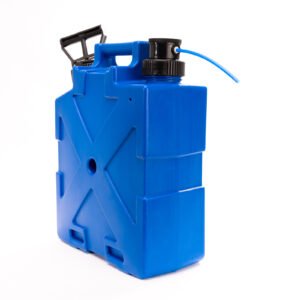Distilled Water: Uses and Misuses
When you think of distillation, it’s likely your mind wanders to the creation of your favorite single malt whiskey. Fair enough, really. However, when you look beyond the bottle, distillation can also be used as a method of water purification.
Distillation is a fairly simple process. Essentially, unpurified water is boiled to the point of vaporization. Most salts and minerals have a higher boiling point than water, and so while the water vaporizes, most contaminants are separated from the water and remain in the vessel. Once the water has vaporized it is channeled into a condenser where it is cooled down to return to its liquid form and it collected in a clean container. This process is often repeated several times to purify the distilled water as much as possible.
Distilled water is most commonly generated for industrial use. Due to the de-mineralization of distilled water, it is perfect for chemical and biological laboratories, photo and printing stores, lead acid batteries in cars and trucks and for automotive cooling systems. Distilled water definitely has its place in the industrial world, as minerals can be corrosive to machinery and can have undesirable reactions with some chemicals. However, distilled water is not ideal for everyday human consumption.
So why do people opt for distilled water? Well, distillation is a fairly reliable method of removing dangerous bacteria, viruses and heavy metals. In developing countries these contaminants pose a real risk, and so distillation is a valuable process to save people from potentially life-threatening contaminants.
However, in Western countries drinking distilled water usually does more harm than good. In the Western world, most of the extremely dangerous contaminants are filtered out by municipal water treatment facilities, so other forms of water purification are most ecological, efficient and healthy than distillation.
Distillation doesn’t remove synthetic chemicals because their boiling point is lower than water. So pesticides, herbicides, and chlorine solutions remain in the water, which isn’t usually dangerous, but isn’t ideal either.
Another downside is that distillation relies on an energy source kept at a constant temperature. To power the energy source, approximately 5 gallons of tap water are needed to create just one gallon of distilled water. Of course, it is possible to use solar energy as a heat source, but with technology available at present it takes up to five hours and only works for small quantities of water.
The worst part of all is that distillation removes trace elements that are naturally present in water. Removing elements from water through distillation makes hydrogen a greater percentage of the distilled water’s composition, thereby making the water acidic.
Although drinking acidic, demineralized water is better than ingesting harmful contaminants, long term consumption of distilled water can lead to mineral deficiencies


